Design Thinking – A Futuristic Strategy towards Success

It’s time to discuss ‘Design-Thinking’ and how the pandemic is not a hindrance, but is paving its way towards progress. Find out how this human-centric approach towards problem-solving, find compelling solutions to the recent global pandemic situation. By bursting myths, let’s understand design thinking, emphasizes on thinking as well as doing, and not just designing.
The Need of the Hour
Why do brand leaders like Starbucks, Nike, GE Healthcare, Tesla, and Google use Design Thinking? These organizations do understand that every employee is creative & has the potential to make it happen. This problem-solving process is indeed structured to face complex problems and to derive the best solution that can be effective to combat the complication. Though solution finding is one of the main agendas of the design thinking workshop, ideating solutions, experimenting the same, prototype making & testing have all amalgamated to devise a flawless process. This unique prototype formed during the brainstorming session can be scaled multi-fold to create a steer in the market.
The current COVID 19 crisis has forced many corporate, governments & policymakers to ideate and build relevant solutions as well as processes to continue the smooth functioning of the economy. Thinking out of the box & conceptualizing unique ideas has now become the need of the hour. One has to quantify customer experience, employee satisfaction, data-driven analytics, demand forecast, etc. to understand the priority sectors to work on. The people-centric approach is the holistic view toward this sudden change of scenario. Thus, building express structures towards development to bridge the wide gap in our economy is indeed complex for every organization to overcome.
The Urge for Market Transformation
Innovation in Business Strategy
A European study indicates that in the year 2030, only 25% of the Product & Service based industries will survive. Innovation is the only way to help a firm from perishing, just as we all know the thumb rule of ‘Survival of the Fittest.’ Fit is the one who is constantly revamping one’s product & services to make it relevant to the current approaches & this fast pacing world. The majority of the firms face the ‘Innovation Crunch Challenge’. To sustainability stay in the market, one has to continuously spin the innovation wheel to serve the increasing demand of the customers with a new & improved line of offerings. The companies with an upper hand during the 21st century, in the form of skilled labour, natural resources, and market preposition, may have higher chances to be swept off in the coming years by firms who give increased emphasis on innovation, and training systems, and a knowledge centre.
The shift in Customer Expectation
Rapid changes in the customer’s expectations have been a boon for the fast innovators, but also a bane for the ones who fail to innovate. Considering the global pandemic, there is a chance of widening the world industries. Organisations are making relentless efforts to stay relevant, while the customers are looking out for advanced technologies that match their ever-changing needs. It’s now the firm’s approach towards being people-centric, focusing on the mass markets, and enhancing innovative power. Surveys, market research & other analysis has provided insights that can help the decision-making individuals of the firm to drive innovation in their industry. While the lifestyle of people has changed during this situation, one needs to also change the economies with which businesses function to survive and thrive. Costumers have also decreased their spending capacity due to the reduced salary, lost jobs, uncertainty of the situation about when the pandemic will end, Changing priorities, and embracing digital transformation that can deliver upon their daily needs are thriving in the market today. For instance, as per Adobe Analytics – Hand sanitisers, eggs, and medications are must-haves while fashion and furniture are not.
Training Yourself for Tomorrow
Learning & Development (L&D) has always been the best & cost-effective way to train existing employees rather than hiring new talent for their expertise. In recent times, there is a void in forecasting future demand & supply. One has realized that sustainable development is the way of moving ahead. Digital expansion, Green marketing, and sustainable production of products are essential today. Adjusting to the digital home spaces was the only option left. Emphasizing the notion of working from home employees to be, tracksuited executives and couch managements. Our sweet abode called – Home will become the epicentre of knowledge, training, & reskilling revolution that can save businesses from a coronavirus-induced collapse. Portals that facilitate learning such as LinkedIn Learning, Upgrade, and Udemy are all reporting an increase in usage in the past few months. An increased urge in training the remotely working population, & sharpening them for facing the challenges of tomorrow. Well, many industry experts have rightly termed these lockdown months to be ‘The Learning Era.’ The well noticeable explode in the usage of online video conferencing platforms has made connectivity & user interference easier. Thus, these remote working hours are to be used to refuel our systems and sharpen our saw that aids to launch one’s brand towards maximum productivity & success.
Watch: Decoding Design Thinking With Ajinkya Bidkar
Can Design Thinking Boost Business Growth?
From Basic Mindset to Advanced Murals
Design thinking has a hidden potential to transform one’s organization’s goals into actual workable numbers. Multi-National companies thus integrate strategies with Designs. Firms have started making investments in advanced design consultations or trying to acquire talent who can innovatively think through a problem. By sowing the seeds of Design-Thinking to our existing employees who are aware of the business processes one follows, can grow to reap maximum benefits. It’s through a collaborative decision, without criticism that matters, to open floors to solutions that can be supported with each one’s expertise to make it function.
With adequate knowledge from various team members who represent our potential customers comes the courage to experiment with the process. Our mindset has to face the fear of the unknown, while it is ready to be replaced by the excitement of exploration. As Peter Thiel rightly puts forth, “Brilliant thinking is rare, but courage is in even shorter supply than genius.” One has to be brave enough to be a self-starter while imbibing the attributes of design-thinking. Bringing everyone together to find a solution, brainstorming on the same, creating a module that works & moreover by beginning with an end in mind is essential. Post-its, Lego Blocks, Online Jamboards, Pointers, Colours, Murals, etc are the mediums of facilitating the right mind frame, to have a visual impact while we ensure everyone in the focused group is on the same page. The consistency in being positive throughout the module is the key to ‘Finding the Right Solution.’
Quoting how Steve Jobs relates to the thought of Design Thinking;
“Design is not just what it looks like and feels like. Design is how it works.”
Seeking Opportunities to progress
No setback can bring you down unless you want it to. The crisis faced by our economy today has been a blessing in disguise to many unknown businesses that gained popularity overnight. We believe every employee in an organization has the potential to transform their firm into a leader. Bringing them out of their cocoon is a task, but motivating them through a design framework, can get them triggered, to throw some great out-of-the-box ideas, that can act as a potential solution. At Inspirit, we facilitate our Design Thinking workshop by adapting experiential learning methodologies that bring out the best in you & your team.
Inspirit will help you seek opportunities to progress through your tough times, an employee engagement solution that is fun, energizing & refreshing, while the entire team is exposed to fresh approaches to broaden their perspectives.




